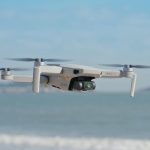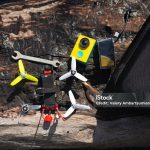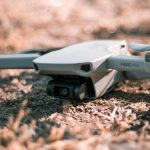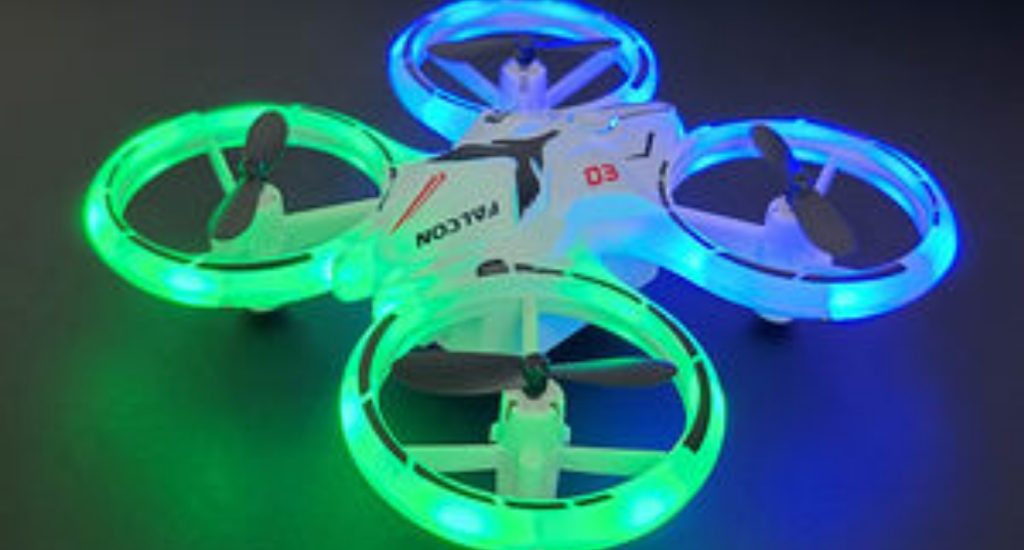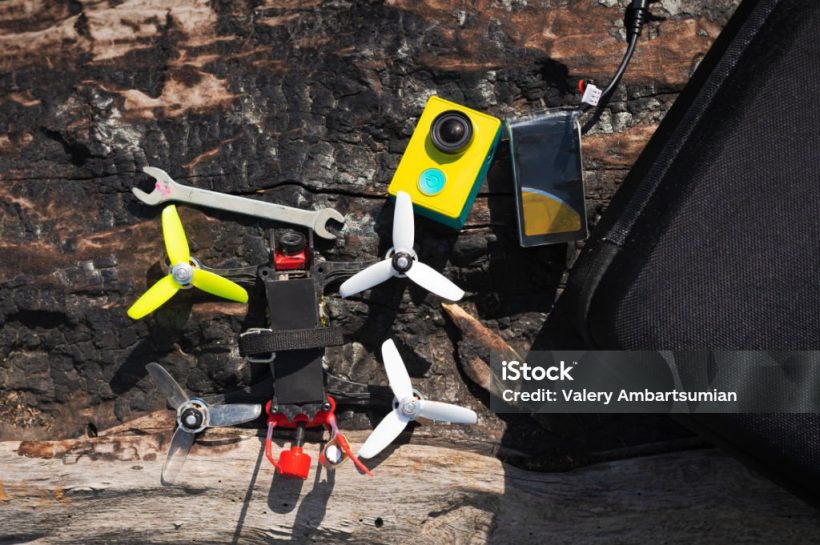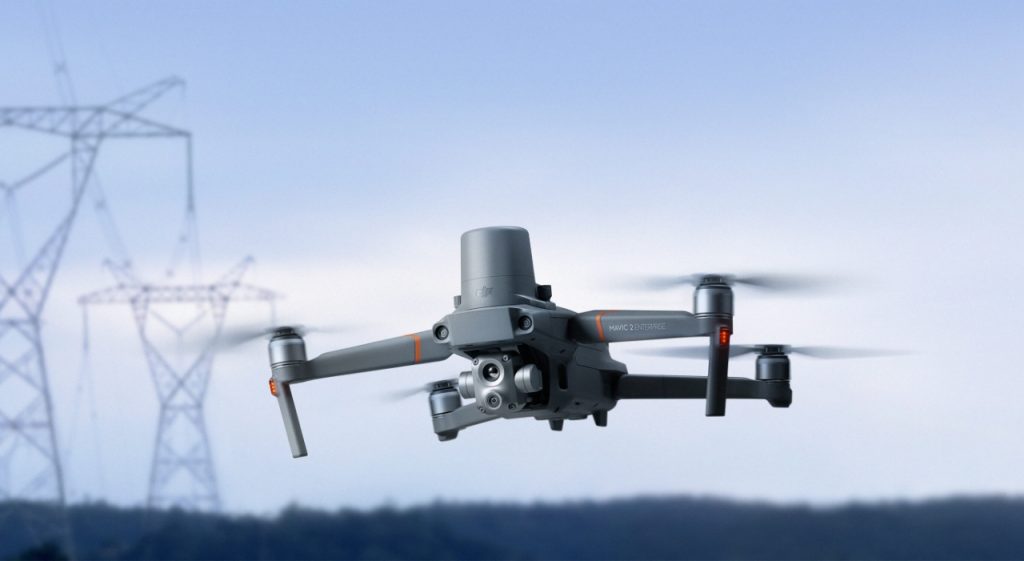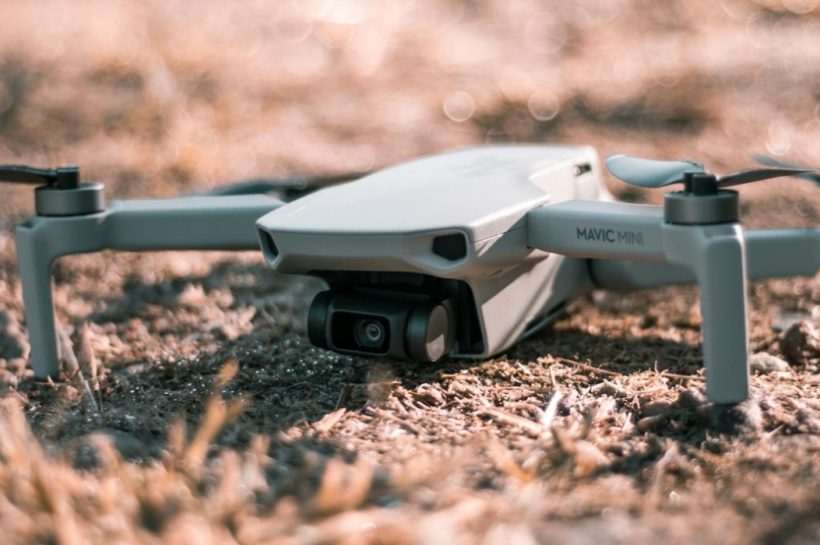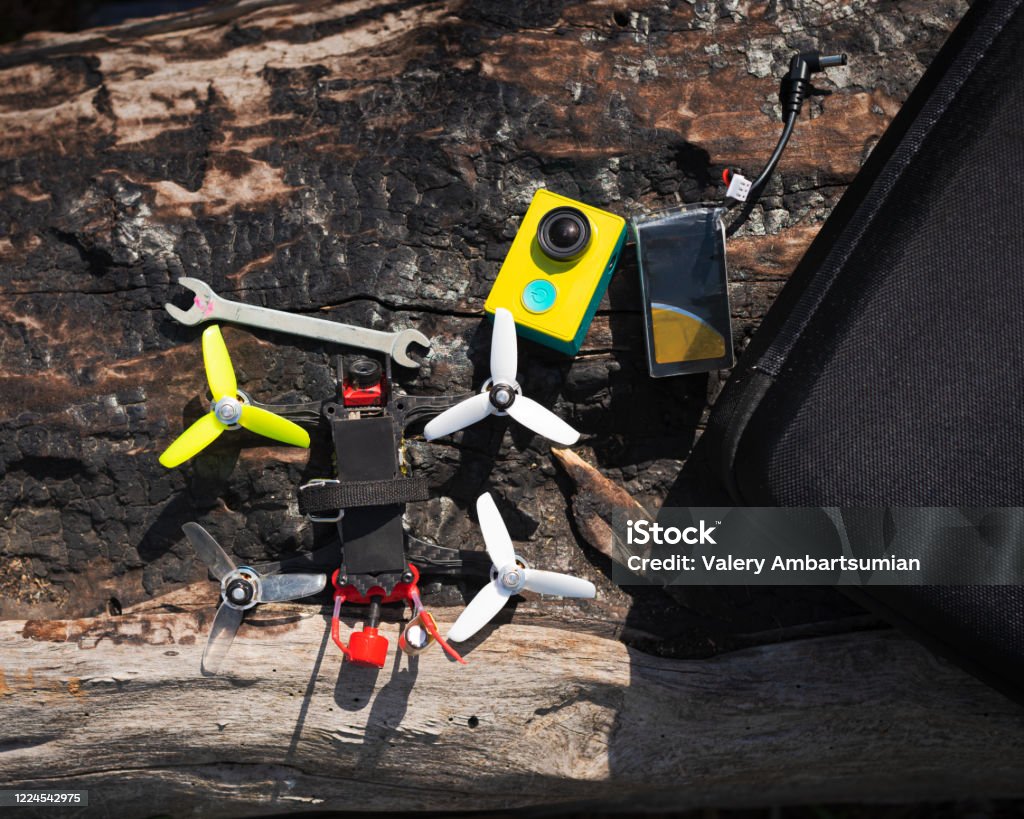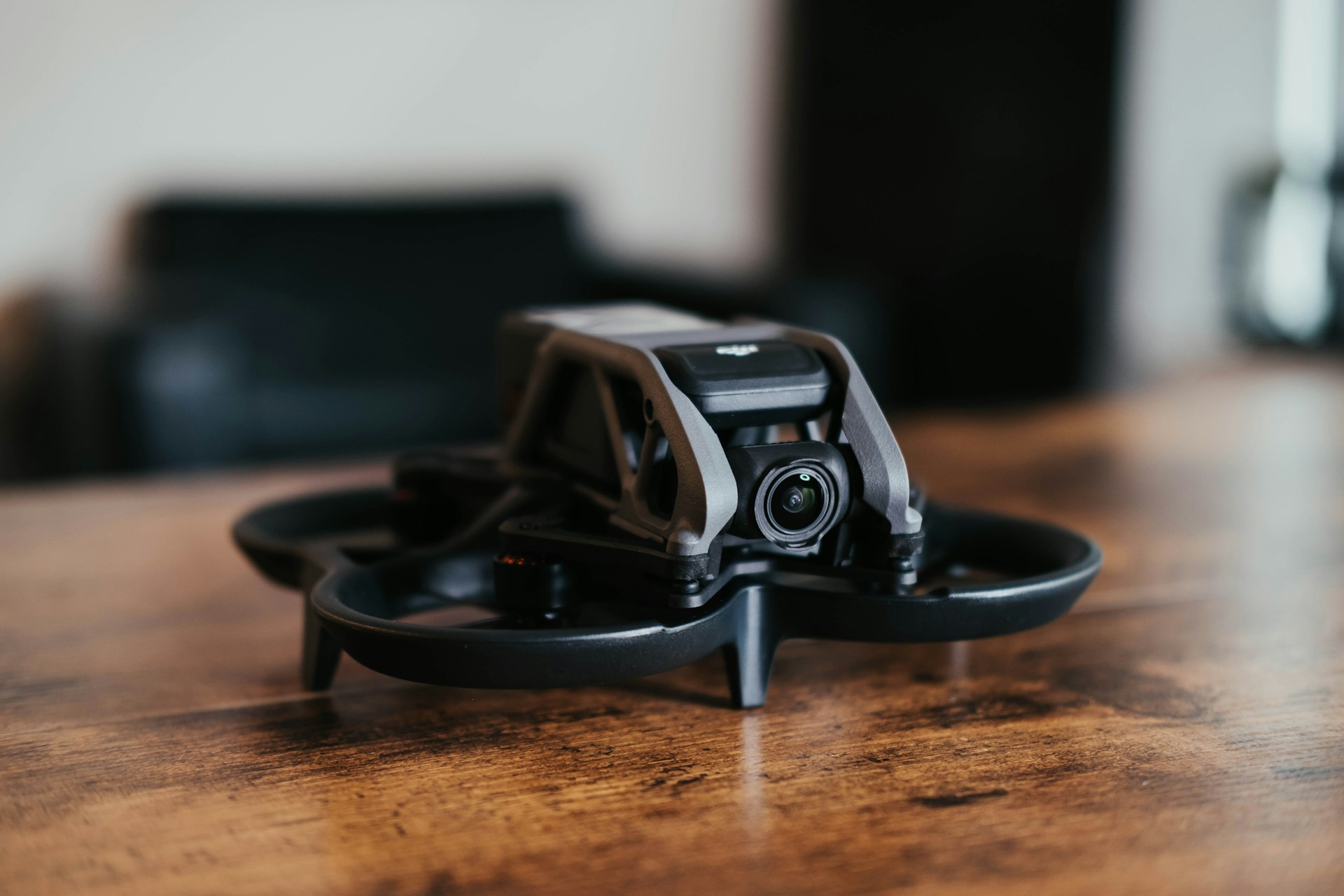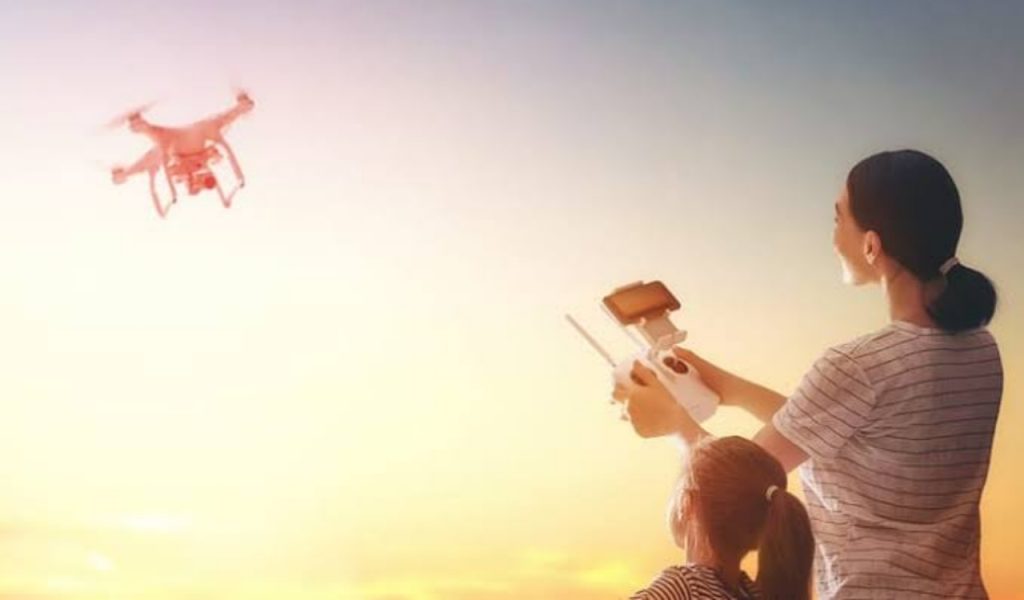
Drones are becoming increasingly popular for personal and commercial use, offering unique perspectives and endless possibilities for photography, videography, and more. However, with the increase in drone usage, it is important to ensure that you are following proper safety guidelines in order to protect yourself, your drone, and those around you. In this blog post, we will explore essential drone safety rules and tips to help you navigate the skies safely and responsibly. From understanding your drone’s capabilities and limitations to knowing where and when to fly, we’ll cover everything you need to know to ensure a safe and enjoyable experience while using your drone. Whether you’re a seasoned drone enthusiast or just starting out, this post will provide you with valuable information to help you fly with confidence and peace of mind.
1. Introduction to drone safety rules and tips
Drones have become increasingly popular in recent years, capturing breathtaking aerial footage, aiding in various industries, and providing enthusiasts with a thrilling flying experience. However, as with any technology, it is crucial to prioritize safety when operating a drone. Understanding and adhering to drone safety rules and guidelines not only ensures the well-being of those around you but also helps to preserve the reputation and longevity of the drone community.
When it comes to drone safety, knowledge is power. Familiarize yourself with the rules and regulations set forth by your local aviation authority, such as the Federal Aviation Administration (FAA) in the United States. These regulations outline important guidelines for safe drone operation, including restrictions on flying in certain areas, maintaining a safe distance from people and property, and registering your drone if required.
In addition to complying with regulations, there are several best practices that all drone operators should follow to ensure a safe and enjoyable flight experience. One of the most fundamental rules is to always keep your drone in sight. Losing sight of your drone can lead to accidents and collisions with other aircraft or obstacles. Maintaining visual contact allows you to react quickly to any potential hazards and maintain control over your drone.
Furthermore, it is essential to conduct pre-flight checks before every flight. Inspect your drone for any physical damage, ensure that the batteries are fully charged, and verify that all the components are functioning correctly. This simple routine can prevent technical malfunctions mid-flight, reducing the risk of accidents and crashes.
Additionally, being mindful of the weather conditions is crucial for safe drone operation. Strong winds, rain, or fog can significantly impact the stability and control of your drone. Always check the weather forecast before heading out to fly and avoid flying in adverse conditions.
Lastly, practicing good etiquette and respect for others is essential. Be aware of your surroundings and avoid flying near crowds, busy areas, or sensitive locations. Respect people’s privacy and seek permission if you plan to fly over private property. By being considerate and responsible, you contribute to a positive public perception of drones and help foster a safe and welcoming environment for all.
In conclusion, drone safety should be a top priority for all drone enthusiasts and operators. By familiarizing yourself with the rules and regulations, conducting pre-flight checks, being aware of weather conditions, and practicing good etiquette, you can navigate the skies with confidence, ensuring a safe and enjoyable experience for yourself and those around you. So, let’s take flight responsibly and embrace the incredible opportunities that drones offer while respecting the safety and privacy of others.
2. Know the laws and regulations for drone operation
Before taking to the skies with your drone, it is crucial to familiarize yourself with the laws and regulations governing drone operation. These rules are in place to ensure the safety of everyone involved, including other aircraft, people on the ground, and your own drone.
Start by researching the specific laws and regulations that apply to your country or region. Different areas may have different requirements, including restrictions on where and when you can fly your drone, height limitations, and licensing or registration requirements. It is essential to follow these rules to avoid legal consequences and potential accidents.
In addition to national regulations, it is also important to be aware of any local laws that may apply. Some cities or towns have their own drone regulations, such as no-fly zones near airports, stadiums, or government buildings. Stay updated on any changes or updates to these regulations to ensure compliance.
Knowing the rules is not only important for legal reasons but also for safety purposes. Understanding the limitations and boundaries of drone operation can help prevent accidents and protect the privacy and well-being of others. For example, flying your drone too close to an aircraft can be incredibly dangerous and is strictly prohibited. Similarly, flying over private property without permission can infringe on people’s privacy rights.
To stay informed, consider joining local drone communities or organizations that provide resources and updates on drone regulations. They can also provide guidance on best practices for safe and responsible drone operation.
By taking the time to familiarize yourself with the laws and regulations for drone operation, you are taking a crucial step towards ensuring the safety of yourself, others, and your drone. Remember, responsible and informed drone flying contributes to the positive reputation and acceptance of this exciting technology.
3. Pre-flight checklist and drone maintenance
Before taking your drone to the skies, it is crucial to follow a pre-flight checklist and ensure proper maintenance. This not only guarantees a safe and smooth flight but also prolongs the lifespan of your drone.
First and foremost, inspect your drone thoroughly before each flight. Check for any physical damages, loose parts, or worn-out components. Pay close attention to the propellers, as they are vital for stable and balanced flight. Make sure they are securely attached and not chipped or cracked.
Next, ensure that the battery is fully charged and securely inserted into the drone. It is advisable to carry spare batteries for longer flights. Remember to check the battery’s health and lifespan regularly to avoid unexpected power failures during flight.
Additionally, verify that your remote controller is in optimal condition. Check the batteries, control sticks, and buttons to ensure they are functioning correctly. Familiarize yourself with the controller’s features and settings, as this will greatly enhance your flying experience.
Furthermore, take into account the surrounding environment. Check the weather conditions, wind speed, and forecast before launching your drone. Avoid flying in strong winds, rain, or foggy conditions, as these can pose a significant risk to your drone’s stability and navigation.
Lastly, familiarize yourself with the local regulations and airspace restrictions. Different areas may have specific rules regarding drone flights, such as altitude limits and no-fly zones near airports or government facilities. Stay updated on the latest regulations and always comply with them to ensure both safety and legality.
By following a comprehensive pre-flight checklist and regularly maintaining your drone, you can minimize the risk of accidents and malfunctions while maximizing your enjoyment of aerial photography and exploration. Remember, safety should always be your top priority when navigating the skies with your drone.
4. Safety precautions before takeoff
Before taking your drone to the skies, it is crucial to prioritize safety precautions to ensure a smooth and incident-free flight. By following these essential guidelines, you can minimize potential risks and maximize your drone piloting experience.
First and foremost, familiarize yourself with the rules and regulations set by the relevant aviation authorities in your country. These regulations often include guidelines on where and when you can fly your drone, altitude restrictions, and proximity to airports or other restricted areas. Adhering to these rules not only keeps you within the legal boundaries but also helps maintain a safe airspace for all.
Performing a pre-flight check is another vital step to ensure your drone is in optimal condition. Inspect the drone’s physical components, such as propellers, motors, and batteries, to ensure there are no signs of damage or wear. Make sure the battery is fully charged and securely attached. Additionally, verify that the firmware and software of your drone and controller are up to date, as manufacturers often release updates to enhance safety and performance.
It is also essential to choose an appropriate flying location. Look for an open area away from people, buildings, and obstacles. Consider factors such as weather conditions, visibility, and the presence of electromagnetic interference. Flying in adverse weather conditions, such as strong winds or heavy rain, can significantly compromise your drone’s stability and control.
Before takeoff, be mindful of the surroundings and inform any nearby individuals of your intentions. If there are other drone pilots in the vicinity, establish communication and coordinate your flights to prevent potential collisions. Maintaining a respectful and cooperative approach within the drone community contributes to a safer and more enjoyable flying experience for everyone.
Lastly, always be prepared for any unexpected situations. Carry a first aid kit, fire extinguisher, and any necessary safety equipment, especially when flying in remote or unfamiliar locations. Familiarize yourself with emergency procedures, such as landing your drone safely in case of a malfunction or loss of control.
By implementing these safety precautions before takeoff, you can minimize the risks associated with drone flying and ensure an enjoyable and responsible experience for yourself and those around you. Remember, safety should always remain a top priority when navigating the skies with your drone.
5. Drone Safety Rules and Tips: Safe Flying Practices and Etiquette
When it comes to operating a drone, safety should always be the top priority. Not only does it ensure the well-being of others, but it also helps to maintain a positive image for drone enthusiasts as a whole. By following safe flying practices and etiquette, you can navigate the skies with confidence and minimize the risk of accidents or disturbances.
First and foremost, familiarize yourself with the local regulations and laws regarding drone usage in your area. Different countries and regions may have varying rules, such as altitude limitations, no-fly zones, and registration requirements. By understanding and adhering to these regulations, you can avoid legal issues and fly responsibly.
Next, always conduct a pre-flight check before taking off. Inspect your drone for any signs of damage or malfunctions, ensure that the battery is fully charged, and verify that all parts are securely attached. It’s also crucial to calibrate your drone’s compass and GPS to ensure accurate positioning during flight.
When flying your drone, maintain visual contact at all times. This means keeping it within your line of sight and avoiding flying in poor visibility conditions, such as fog or heavy rain. Additionally, be mindful of other aircraft in the vicinity and give them the right of way. Remember that drones are considered aircraft too, and it’s important to respect the airspace and prioritize safety.
Respecting the privacy of others is another essential aspect of drone etiquette. Avoid flying over private property without permission and be mindful of people’s personal space. If you’re capturing footage or photos in a public area, be sure to minimize any intrusions on others’ privacy and avoid capturing sensitive or intimate moments.
Lastly, always be prepared for emergencies. Keep a safe distance from people, animals, and buildings, particularly during takeoff and landing. It’s also wise to have a plan in case of a drone malfunction or loss of control, such as knowing how to initiate an emergency landing or safely recover your drone.
By following these safe flying practices and practicing drone etiquette, you can enjoy the exhilarating experience of flying while minimizing risks and ensuring a positive drone community for all enthusiasts.
6. Understanding airspace restrictions and permissions
When it comes to flying drones, understanding airspace restrictions and obtaining the necessary permissions is crucial to ensure safety and legality. As a responsible drone operator, it is your responsibility to familiarize yourself with the rules and regulations set by aviation authorities in your country or region.
Different countries have different regulations regarding drone flights, and it’s important to stay updated with any changes or updates. Some areas may have strict no-fly zones, such as airports, military installations, or government buildings. Violating these restrictions can not only result in fines and legal consequences but also pose a serious risk to aviation safety.
To navigate the skies safely, it is essential to check for any airspace restrictions in your intended flight area. This can be done using various resources such as online maps, mobile applications, or official websites provided by aviation authorities. These resources often provide real-time information about temporary flight restrictions, controlled airspace, and other areas where drone flights may be prohibited or restricted.
In addition to airspace restrictions, obtaining the required permissions or licenses may be necessary for certain drone operations. This could include obtaining a pilot’s license, registering your drone with the appropriate authorities, or seeking specific permits for commercial or specialized operations like aerial photography or surveying.
By understanding and adhering to airspace restrictions and obtaining the necessary permissions, you can ensure the safe and responsible operation of your drone. This not only protects the well-being of others but also helps to maintain a positive reputation for drone enthusiasts as a whole. Remember, safety should always be the top priority when navigating the skies with your drone.
7. Dealing with emergencies and unexpected situations
When it comes to operating a drone, it’s crucial to be prepared for emergencies and unexpected situations that may arise. While we always hope for smooth flying experiences, it’s important to have a plan in place in case something goes wrong.
One of the first steps in dealing with emergencies is to remain calm. Panicking can lead to rushed decisions and potentially worsen the situation. Take a deep breath and assess the situation calmly.
If your drone loses signal or connection, the first thing to do is to try to regain control. Follow the manufacturer’s instructions on how to reconnect or bring the drone back within range. If this doesn’t work, it’s essential to have a backup plan.
Consider having a designated emergency landing spot. This could be a clear and open area away from people and obstacles. Practice emergency landings in a controlled environment before flying in more challenging locations. By doing so, you’ll be better prepared to handle unexpected situations.
In case of a mechanical failure or a critical battery level, it’s crucial to prioritize the safety of those on the ground. Determine the safest course of action, which may involve finding a clear space to land the drone or guiding it away from populated areas.
If you find yourself in a situation where you need to abort a mission or land the drone immediately, prioritize the safety of people and property. Avoid flying over crowds or densely populated areas to minimize the risk of injury or damage.
Being prepared also means having a backup plan for unexpected weather changes. Keep an eye on weather forecasts and be aware of any sudden changes in wind speed or direction. Strong winds can greatly affect the stability and control of your drone, so it’s important to adjust your flight plan accordingly or land if necessary.
Lastly, always remember to have a fully stocked drone emergency kit. This kit should include separate batteries, propellers, and any necessary tools for minor repairs or adjustments. Having these essential items on hand will help you handle unexpected situations with ease.
By following these safety rules and tips for dealing with emergencies, you can navigate the skies with confidence and minimize the risks associated with drone operations. Remember, preparedness and calmness are key when it comes to ensuring the safety of yourself, others, and your drone.
8. Drone Safety Rules and Tips: Respecting Privacy and Avoiding Trespassing
When it comes to operating drones, respecting privacy and avoiding trespassing are essential rules to follow. Drones have become increasingly popular for various purposes, but they can also infringe on the privacy and personal space of others if not used responsibly.
One of the most important things to remember is to always respect the privacy of others. Before flying your drone, familiarize yourself with the local laws and regulations regarding privacy rights. Be aware of any restricted areas or no-fly zones, such as government buildings, airports, or private properties where drone flights are prohibited.
When flying your drone, avoid hovering over or filming private properties without permission. Respect people’s privacy by refraining from capturing images or videos of individuals without their consent. This includes avoiding flying over backyards, gardens, or other private areas where people have a reasonable expectation of privacy.
Additionally, it’s crucial to be mindful of trespassing while operating your drone. Ensure that you have permission from the property owner if you plan to fly your drone over someone’s land. Trespassing not only puts you at legal risk but also undermines the trust and respect within the drone community.
By following these guidelines, you can enjoy the benefits of drone flying while ensuring that you are respecting the privacy and personal boundaries of others. Remember, responsible drone operation goes hand in hand with being a good neighbor and upholding ethical practices in the ever-expanding world of aerial exploration.
9. Tips for flying in different weather conditions
Flying a drone in different weather conditions requires careful consideration and adherence to safety rules. Here are some essential tips to help you navigate the skies in various weather conditions.
1. Clear and Sunny Days: Flying a drone on clear and sunny days is ideal for capturing stunning aerial footage. However, be cautious of strong winds that can affect the stability and control of your drone. Check the weather forecast beforehand and avoid flying in gusty conditions.
2. Rainy and Wet Conditions: Operating a drone in rainy or wet conditions can be risky and potentially damage your equipment. Water can interfere with the drone’s electronics and compromise its flight capabilities. It’s best to avoid flying in such conditions unless your drone is specifically designed for water resistance.
3. Windy Conditions: Strong winds can pose a significant challenge when flying a drone. Always be aware of the wind speed and direction before taking off. If the wind is too strong, it’s advisable to postpone your flight as it can affect the stability and control of your drone, leading to potential accidents or loss of control.
4. Foggy and Low Visibility: Flying a drone in foggy conditions can be extremely dangerous due to limited visibility. It’s crucial to maintain a clear line of sight with your drone at all times to ensure safe operation. If visibility is compromised, it’s best to postpone the flight until conditions improve.
5. Extreme Temperatures: Extreme temperatures, whether hot or cold, can impact the performance of your drone and its battery life. In hot weather, ensure proper cooling and avoid prolonged exposure to direct sunlight. In cold weather, keep your batteries warm and monitor their performance closely. Extreme temperatures can affect flight time and potentially cause damage to your equipment.
Remember, safety should always be your top priority when flying a drone. Familiarize yourself with local regulations, airspace restrictions, and always keep an eye on weather conditions before taking off. By following these tips, you can enjoy flying your drone in different weather conditions while ensuring the safety of yourself and those around you.
10. Conclusion and final thoughts on drone safety rules and tips
In conclusion, drone safety is paramount when it comes to enjoying the exhilarating experience of flying these unmanned aerial vehicles. By following the essential rules and tips discussed in this article, you can ensure a safe and responsible drone flying experience.
First and foremost, always familiarize yourself with the local regulations and laws governing drone usage in your area. This will help you avoid any legal issues and fly within the designated areas, ensuring the safety of yourself and others.
Secondly, conduct a thorough pre-flight check before every drone flight. Inspect your drone for any damages or malfunctions, ensure the batteries are fully charged, and calibrate the compass and GPS if necessary. This will minimize the risk of accidents in the air.
Furthermore, maintaining a safe distance from people, buildings, and other aircraft is crucial. Always fly your drone within your line of sight and avoid crowded areas to prevent any potential collisions or injury to bystanders.
Additionally, be mindful of weather conditions. Strong wind, rain, or fog can significantly impact your drone’s stability and control. It’s best to avoid flying in unfavorable weather conditions to ensure the safety of your drone and those around you.
Lastly, continuously educate yourself about the latest advancements and safety guidelines in the drone industry. Stay updated on any changes in regulations and incorporate new safety practices into your flying routine.
Remember, responsible drone flying not only ensures your own safety but also promotes a positive image of the drone community as a whole. By adhering to these safety rules and tips, you can enjoy the thrill of flying while minimizing any potential risks or hazards.
So, go out there, explore the skies, and capture stunning aerial footage, all while prioritizing safety and responsible drone operation. Happy flying!
We hope you found our blog post on essential drone safety rules and tips useful. Drones offer incredible opportunities for aerial photography and exploration, but it’s important to prioritize safety above all else. By following the rules and tips outlined in this article, you can ensure that your drone flights are not only enjoyable but also responsible and safe. Remember to always fly within legal boundaries, respect privacy, and maintain a high level of situational awareness. Happy flying, and may your drone adventures be both thrilling and safe!
